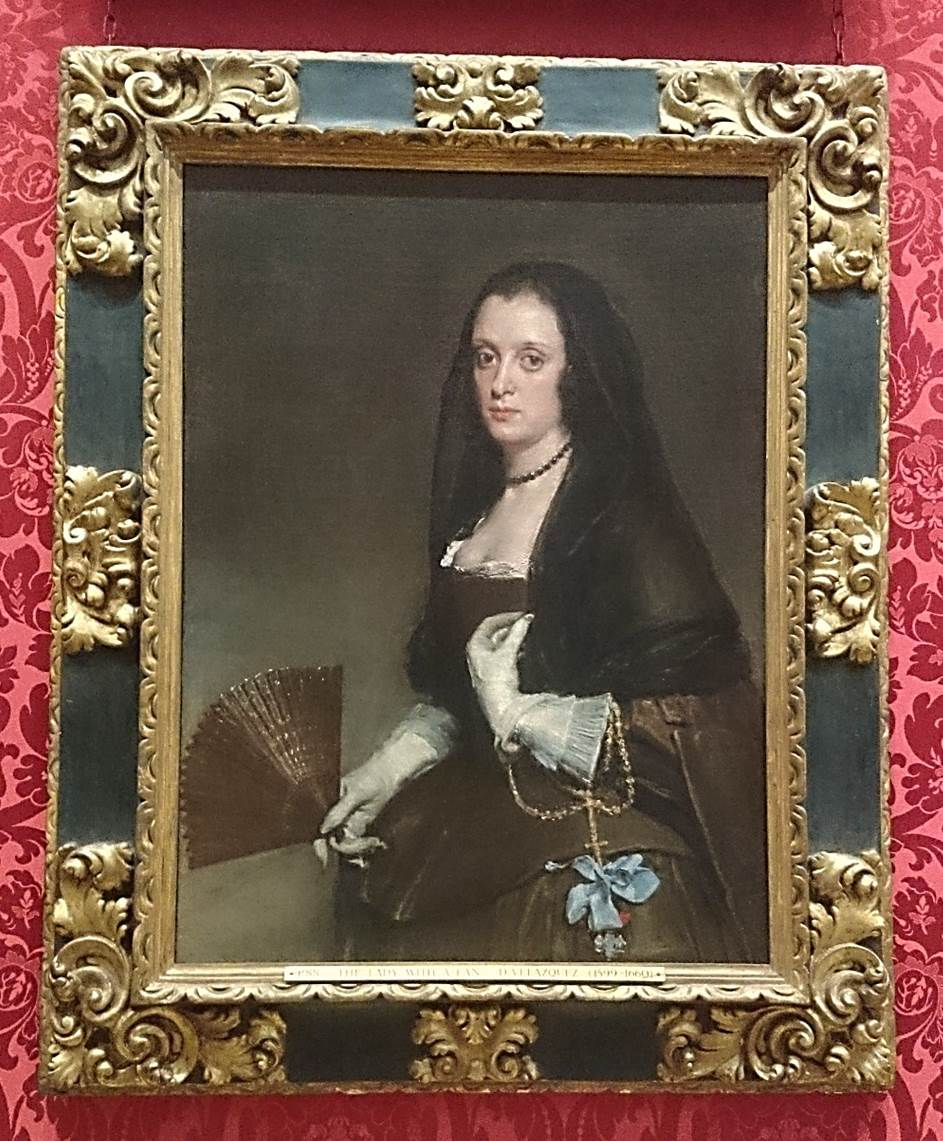Magnificent silks in the exhibition Epic Iran at the V&A.
- annemhaworth
- Jun 21, 2021
- 1 min read
Updated: Jun 25, 2021
This recently-opened exhibition certainly lives up to its name, with a dazzling array of rare ceramics, manuscripts, paintings, gold and silver vessels and works of art which enrich our knowledge of Iran's history and civilisation. I visited the exhibition on Saturday 19th June and was mesmerised by two vestments, each made of silk incorporating metal threads. These beautiful textiles were woven in Iran using complex and sophisticated techniques but were made up into vestments for use in Christian churches. One is a 17th Century sakkos with delicate paired arrangements of flowers, worn by a bishop of the Orthodox Church. The other was woven in the 14th Century with a pattern of repeating rows of flowers, pelicans and cows and was made up into a dalmatic, perhaps in Germany, for use in the Western Church. Together, these magnificent fabrics, which have survived in a condition which belies their age, bear witness to an international trade in expensive luxury textiles which lasted for centuries. 14th Century trade routes linked Iran with Mongol-ruled China to the east and with European merchants to the west, among whom was Francesco Datini (1335-1410) - the famous 'Merchant of Prato'. In the 17th Century, networks of Armenian merchants played a pivotal role in these international cultural and commercial encounters. The sakkos has been on view in recent years in the V&A's Jameel Gallery of Islamic Art but the more ancient dalmatic has been brought out of long-term storage for this exhibition. We have until 12th September 2021 to see Epic Iran.









Comments